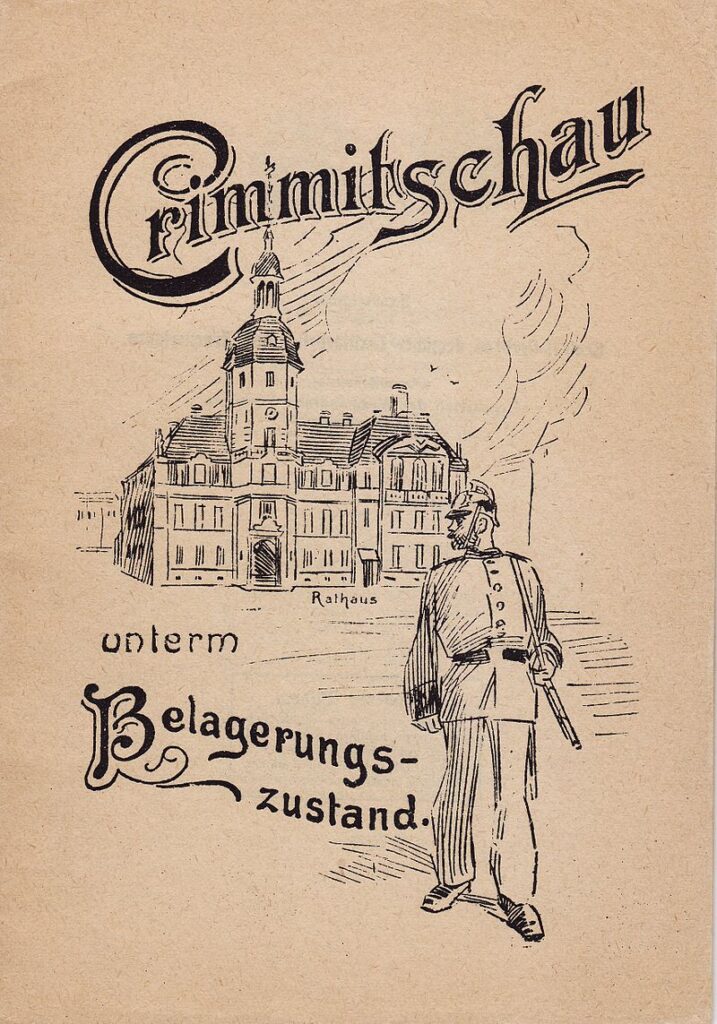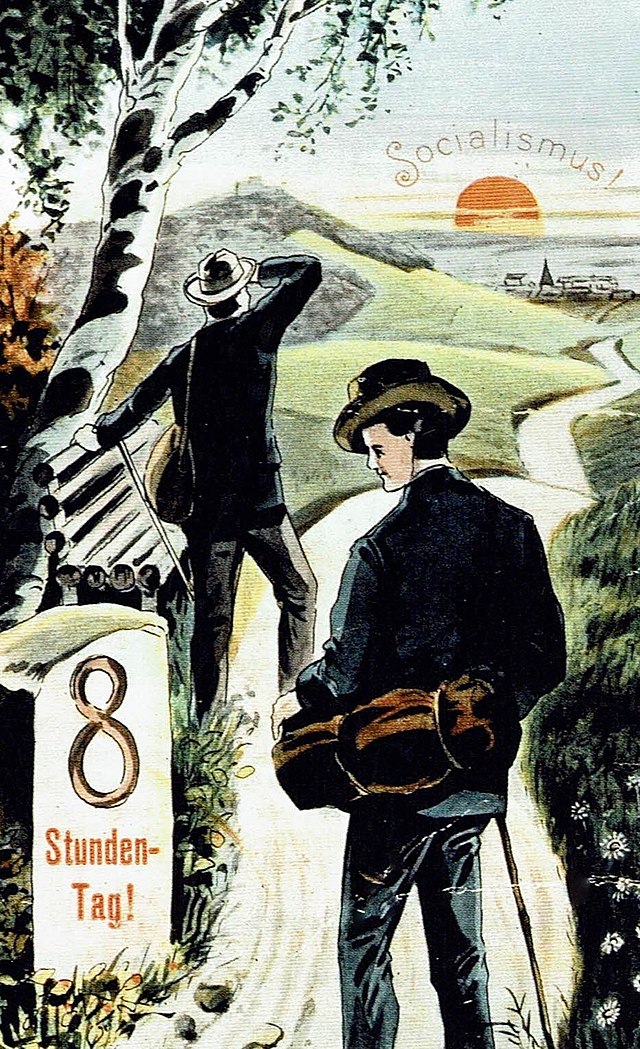Written by Ali Aksu for Ronahî
In Germany, the emerging labor movement was confronted with massive state repression in the late 19th century. After the repeal of the “Socialist Law” in 1890 protest started to form also in Germany. One of the most popular examples is the Crimmitschau strike in 1903.
After several assassination attempts on Kaiser Wilhelm I – which the socialists had nothing to do with – Chancellor Otto von Bismarck passed the so-called Socialist Law in 1878. This law banned socialist associations, meetings and press organs, while the direct activities of the Social Democratic Party (SPD) were restricted, but not completely banned.
Following the repeal of the Socialist Law in 1890, May Day was also celebrated publicly in Germany for the first time. The first May Day events were marked by demands for the eight-hour day and fundamental improvements in living and working conditions. Nevertheless, participation was risky for many workers: employers threatened to sack them and state authorities watched the gatherings with suspicion.
Despite these conditions, the labor movement continued to grow. It organized itself in legal and semi-legal structures, built up networks and prepared for the political struggle. Of particular importance was the establishment of free trade unions, which formed independent representations of workers’ interests from the 1890s onwards – independent of the influence of state or church authorities.

May Day established a strike culture in Germany
Another defining example of the workers’ growing fighting spirit was the textile workers’ strike in Crimmitschau from 1903 to 1904. Thousands of workers went on strike for five months for higher wages and shorter working hours. Although the strike failed due to massive state pressure, it demonstrated the determination of the workforce and strengthened the trade union movement in the long term.
May Day has also remained a symbol of social struggles in the recent past. In the context of the Agenda 2010 reforms, for example, there were protests against social cuts and stricter labor laws, which forced many employees into precarious conditions. The labor disputes became particularly visible in the postal strike of 2015, when over 30,000 Deutsche Post (German Post Office) employees went on strike for almost four weeks for better working conditions and against wage dumping. The strike made it clear that collective industrial action remains indispensable in a modern service society when it comes to defending social rights and fighting for fair working conditions.
Another striking industrial action was taken by Deutsche Bahn (German Train Company) train drivers, organized by the German Train Drivers’ Union (GDL) under its chairman Claus Weselsky. There were several nationwide strikes that lasted several days and paralyzed large parts of rail traffic.
Over the decades, May Day developed into an integral part of political culture: as an expression of resistance against social injustice and as a day of solidarity among wage earners.
Part 3 follows…

